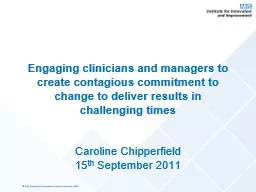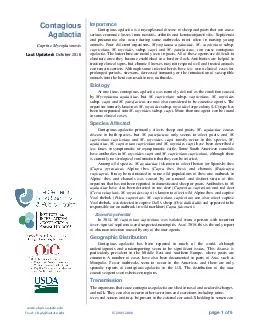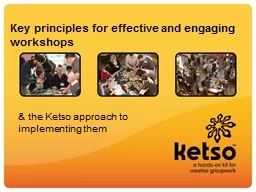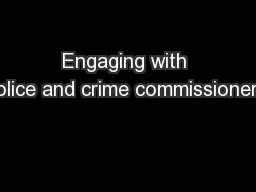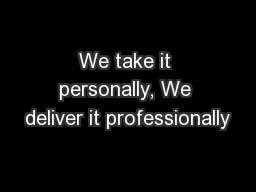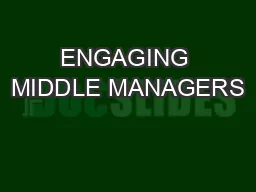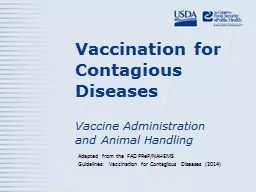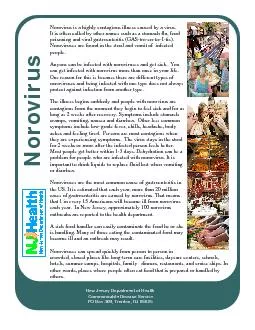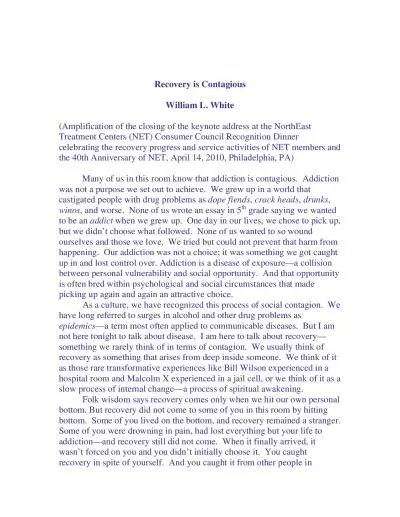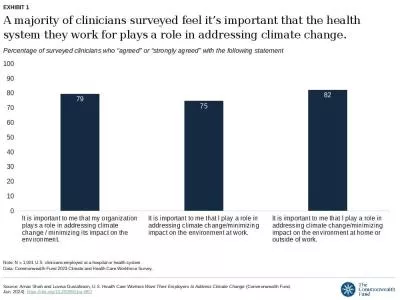PPT-Engaging clinicians and managers to create contagious commitment to change to deliver
Author : conchita-marotz | Published Date : 2020-04-06
Caroline Chipperfield 15 th September 2011 We have 60 minutes What is Leadership Mobilising and Organising and Action Introduce the five key leadership practices
Presentation Embed Code
Download Presentation
Download Presentation The PPT/PDF document " Engaging clinicians and managers to cre..." is the property of its rightful owner. Permission is granted to download and print the materials on this website for personal, non-commercial use only, and to display it on your personal computer provided you do not modify the materials and that you retain all copyright notices contained in the materials. By downloading content from our website, you accept the terms of this agreement.
Engaging clinicians and managers to create contagious commitment to change to deliver: Transcript
Download Rules Of Document
" Engaging clinicians and managers to create contagious commitment to change to deliver"The content belongs to its owner. You may download and print it for personal use, without modification, and keep all copyright notices. By downloading, you agree to these terms.
Related Documents

